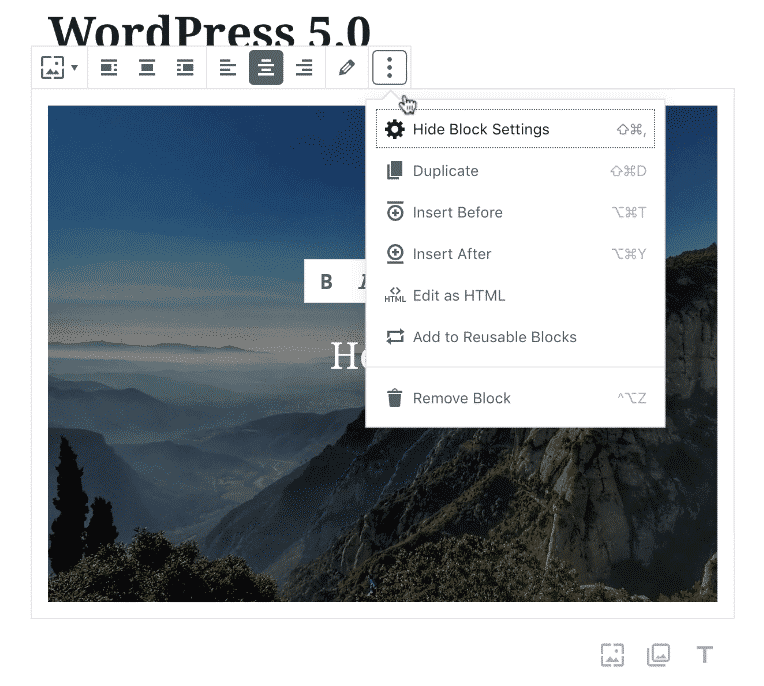What is Gutenberg?
It’s the new visual editor built directly into WordPress and replaces the standard content editor used on post and pages. It’s designed to give people more flexibility on how they layout content.
We’ve used tools such as Visual Composer to layout our customers’ web page content for the last few years but it’s nice to see that WordPress is embracing its own visual layout system going forward.
However, if you update your website to version 5 without understanding the consequences it could be cause for frustration.
You can find out more about Gutenberg directly on the WordPress blog.
Update: Checkout episode 40 of our podcast Working with WordPress Gutenberg, where I talk to Kimb Jones about the Gutenberg editor along with a demo of some of the rather handy features built into it.

Ok so what do I need to do?
We always recommend that people update to the latest version of WordPress to ensure they have the most reliable and secure version.
However, updating to version 5 will change the way you make content changes in the admin area and if you are using any page builder plugins such as Visual Composer, Elementor or Divi it may prevent these from working correctly.
If you’d like to update to the latest version of WordPress, but keep on working as you are without the Gutenberg editor, we recommend following these steps:
- Backup your WordPress site files and Database
- Download and install the Classic Editor plugin
- Then update your WordPress core
If you run a mission critical website then we would recommend you make the updates on a development server first before rolling out on live just to make sure any incompatibilities are identified.
If you’re a customer on our WordPress Support hosting plan then we’ll manage the transition for you, if not get in touch as we’d be happy help.

